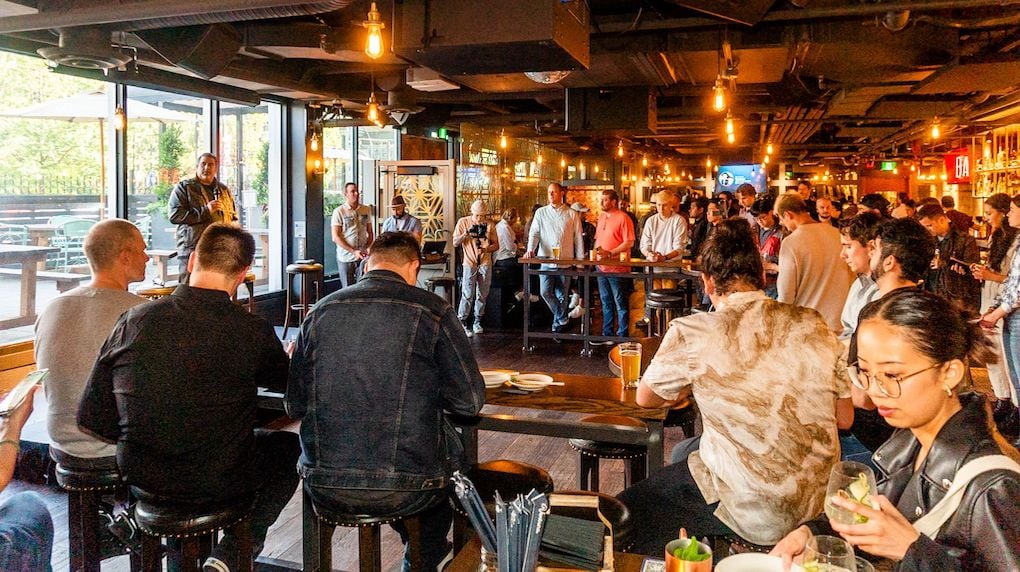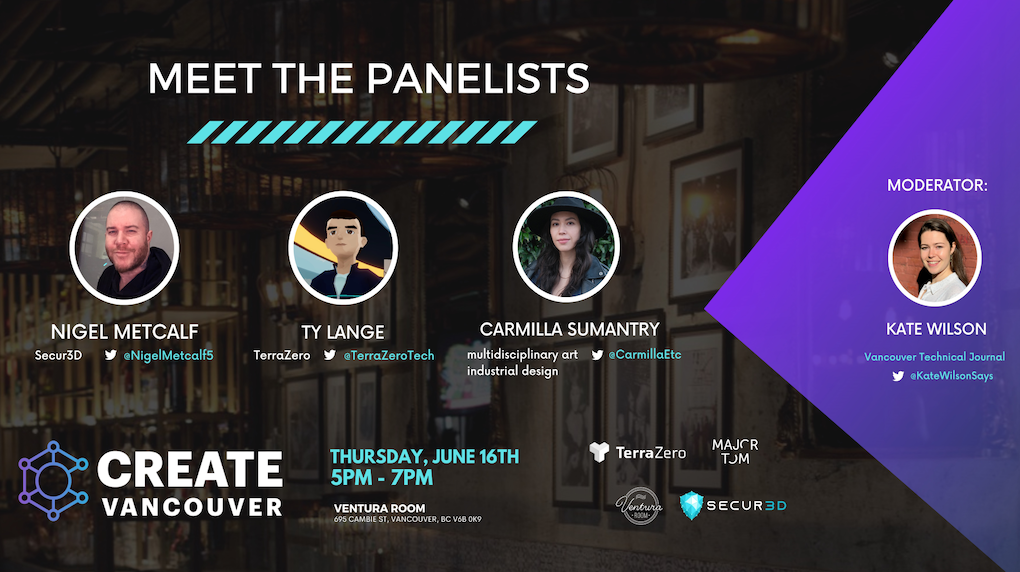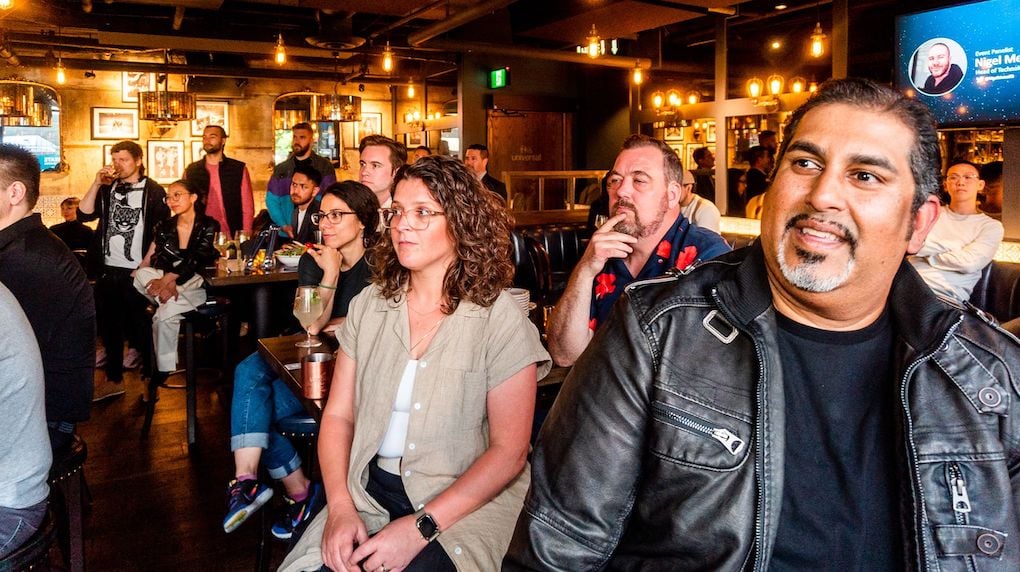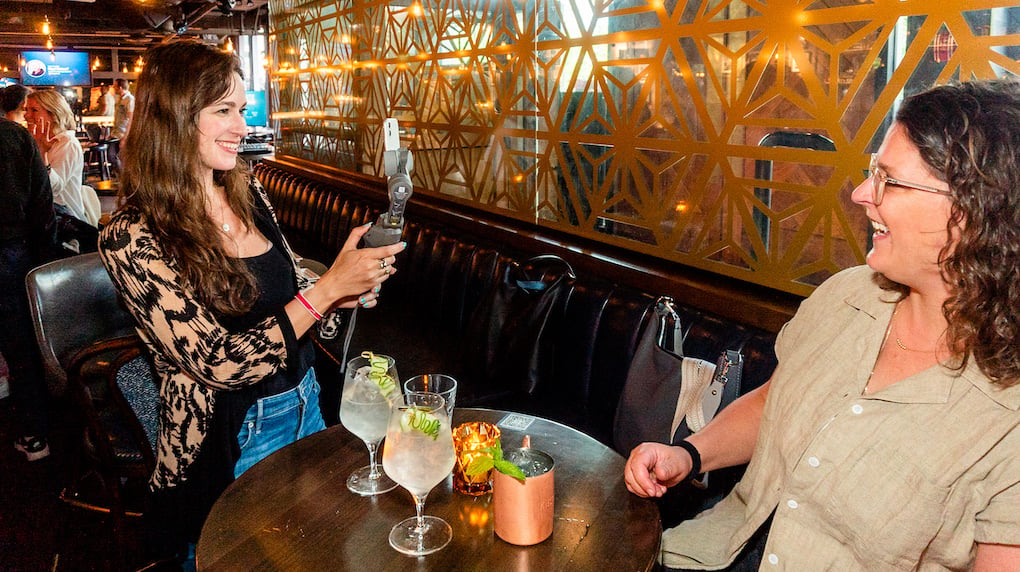The metaverse is the future for 3D creators!
Recently, CREATE Vancouver brought together web3 professionals for a panel discussion and night of networking.
That discussion was one of the first in-person panels dedicated to Vancouver’s web3 creatives, designers, and developers. Major Tommers with shared web3 interest attended the event. And, with so many creative and innovative people in one room, we wanted to bring you our three biggest takeaways.
In this article, we’ll walk you through:
- The future and opportunities for 3D creators in the metaverse,
- How to get involved in the metaverse right now, and
- Virtual headquarters and remote work opportunities.

The event panel
CREATE brought Vancouver’s emerging 3D artists and web3 community together for a panel discussion featuring:
Kate Wilson, Managing Editor at Vancouver Technical Journal, moderated the panel, asking thought-provoking questions.

Event takeaway one: The future for 3D creators in the metaverse
CREATE Vancouver’s panel discussion sparked a lot of talk about the future for 3D creators, NFTs, and the metaverse. Wilson asked insightful questions on the state of the internet today, where things are going, and how newcomers and students can break into web3.
The panel all agreed that 3D creators are powering the future of the metaverse. With their innovative work, we’ll progress from the avatars you see in Decentraland today to fully immersive events and spaces with VR experiences that rival the physical world.
One of the biggest takeaways of the night was the massive opportunity for young creators in the metaverse and web3. Creators are, according to Metcalf, “manifesting what they want in web3, more than any other movement in the web.”
In the panel discussion, Lange remarked, “What’s most exciting in the web3 space right now is that NFTs, metaverse, and crypto are now crossing over.” This intersection builds out the future of the web3 ecosystem.

Event takeaway two: How creators can integrate their work into web3
Creators can get involved in web3 by just getting online and creating. Once you start producing your passion, be it blogging, 3D art, video tutorials, or literally anything you can imagine, you’ll find your niche. And one of the best parts of the web3 community is that without being on a centralized and rent-seeking platform, it provides direct communication from creator to viewer. People become less of a passive audience and more of an active community, in a sense.
Lange advised attendees, “It’s a huge community. Jump into your favorite thing and go for it. Jump into Discord. Do what you love. Find your passion. Don’t redo Bored Ape.”
Discord, as we noted in our how to promote your NFT article, is one of a few core marketing channels that can lead a successful web3 project. It has a community vibe, with creators talking to creators and like-interests finding like-interests. Here, you can build a community that will support you through your foray into web3 creations.
For creators, Sumantry pointed out, “it’s a way to minimize work while building utility and community with what they’re creating. [Before] art would just be published for likes. Now, it’s used to build communities. Art and innovation coming together is beautiful.”

Event takeaway three: Remote work opportunities & virtual headquarters
Along with the discussion of community across web3, Lange also brought up TerraZero’s virtual headquarters in Decentraland – an example of the direction that virtual office and brand spaces are heading.
Opportunities in this space are not just hypothetical or theoretical. Job opportunities are popping up all over web3 – Lange even mentioned that TerraZero is currently searching for new talent.
TerraZero isn't the only organization to take advantage of the virtual headquarters. Offices are popping up across the metaverse, like Korean Proptech company Zigbang’s 30-floor VR office, named Metapolis.
“As endemic nears, the ‘future of work’ has become a hot potato topic,” stated Zigbang. “Many are foregoing working from home. However, this is showing some problems, like disconnected communication or lack of networking among peers, which often leads to poor productivity.”
The VR office aims to solve this lack of networking. It allows for the merits of both remote work and offline work, like water-cooler chats with your co-workers. Your avatar may have to cross a virtual atrium from one meeting to the next, passing (and inevitably chatting with) other teammates as you go.
788a.jpg)
What’s next?
The metaverse’s future lies in the hands of 3D creatives — animators, developers, and engineers. There are endless opportunities for creators to get involved, and the metaverse is the new frontier for folks to display their work. Plus, virtual headquarters and remote work opportunities — like those from TerraZero — are now an option if you'd like to ditch traditional brick-and-mortar agencies.
We're on the cusp of something fascinating, and we can't wait for another CREATE Vancouver panel discussion. Follow us on Twitter and sign up to our newsletter to stay informed about all things web3!